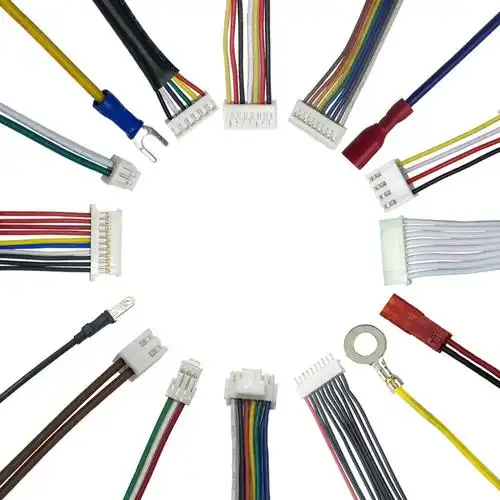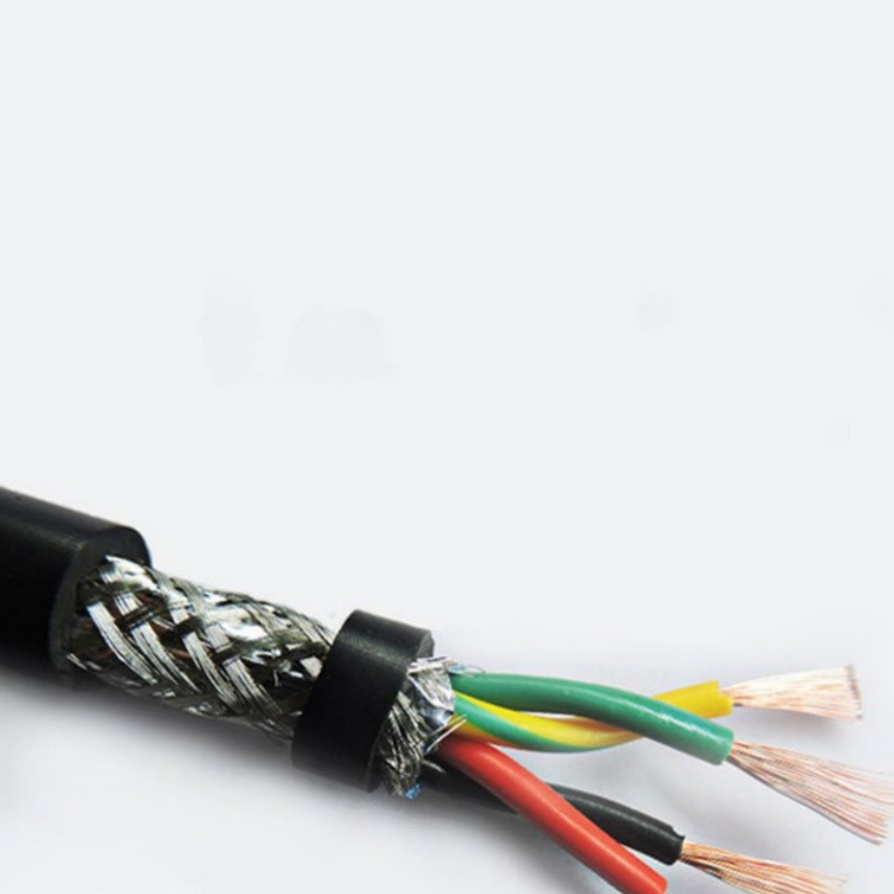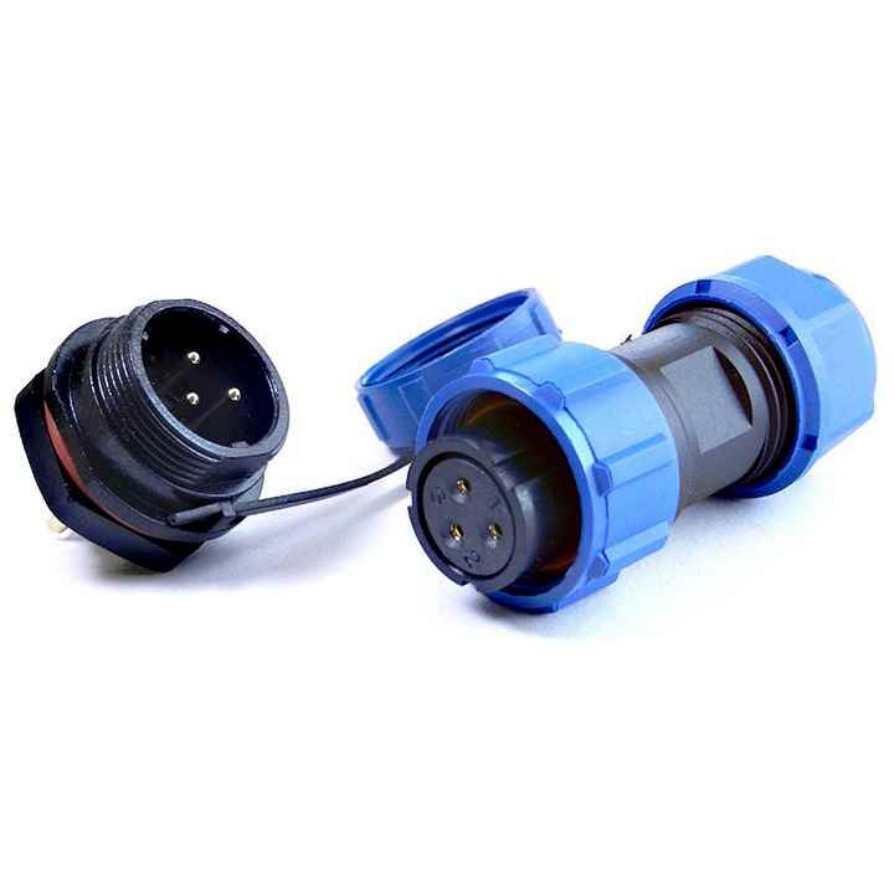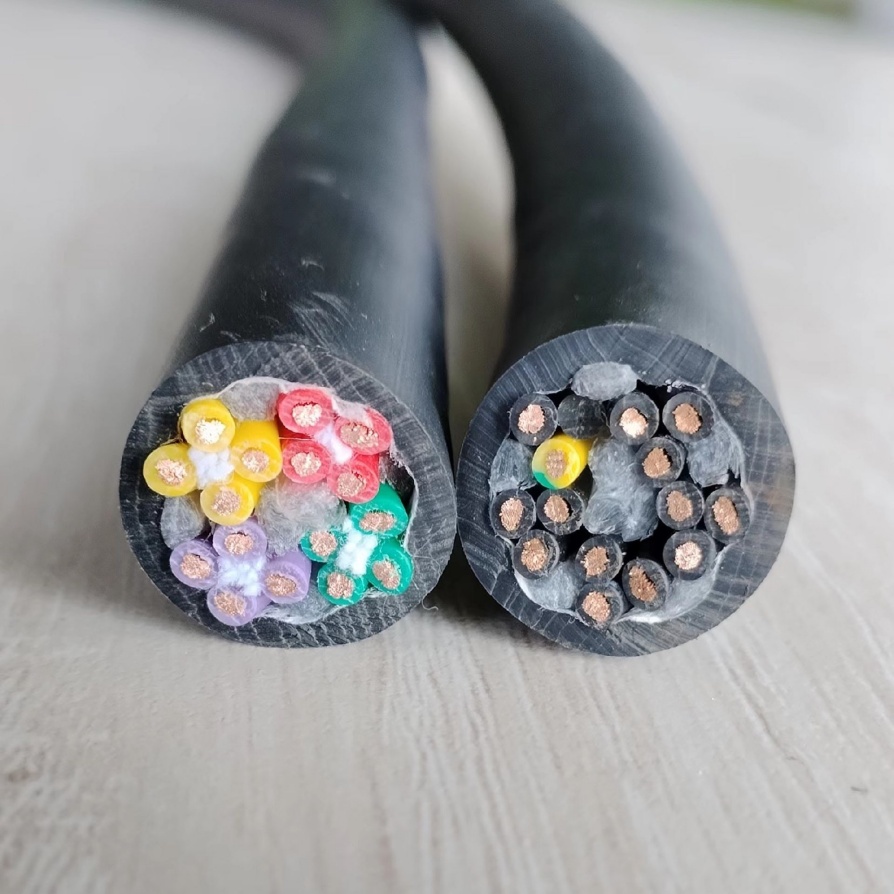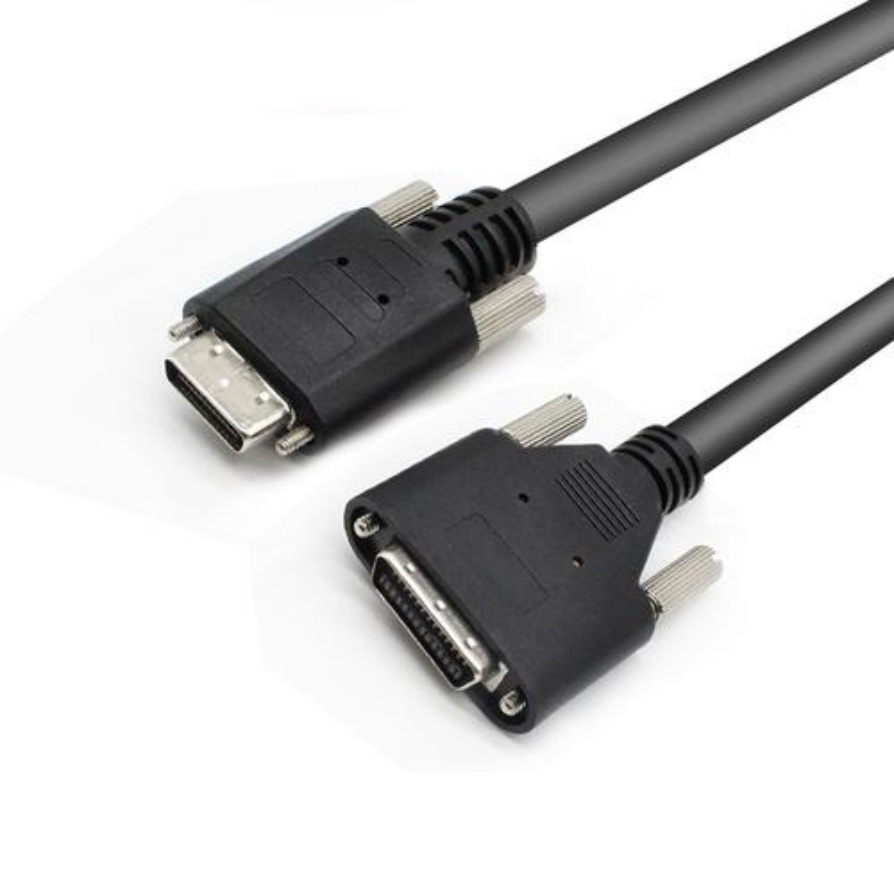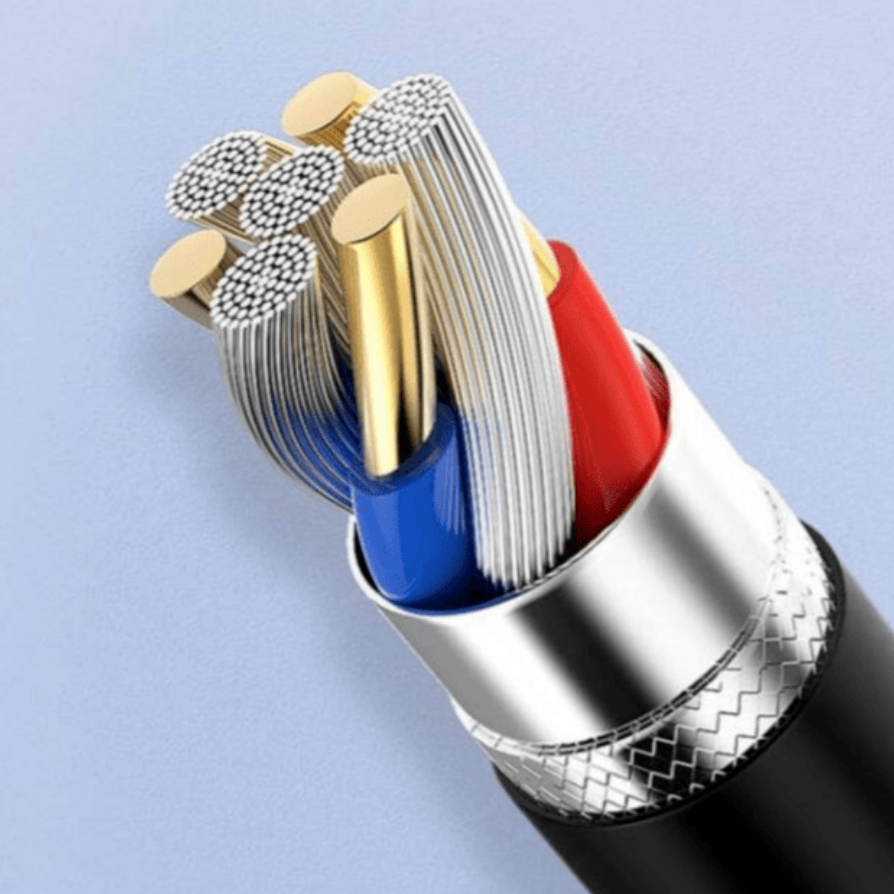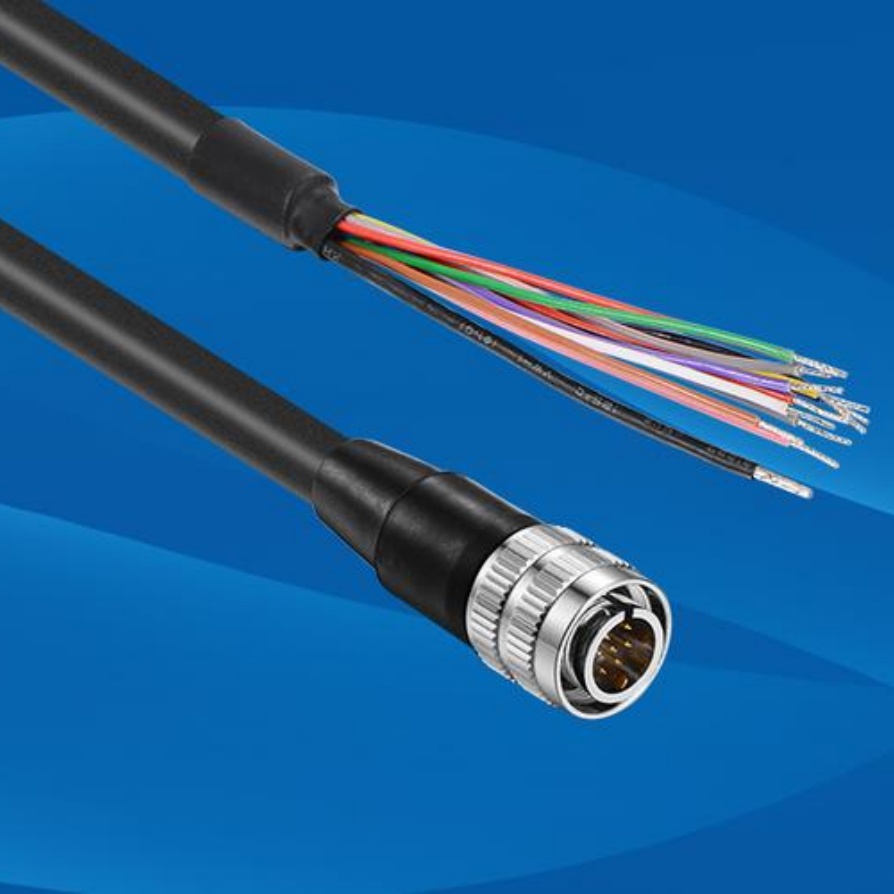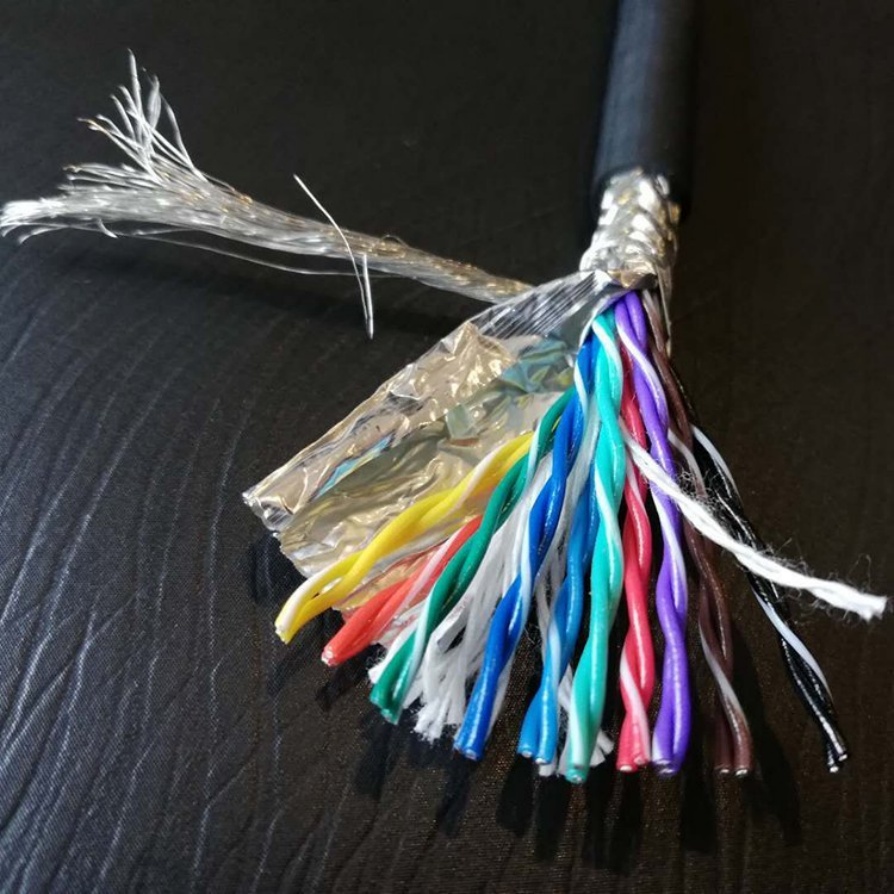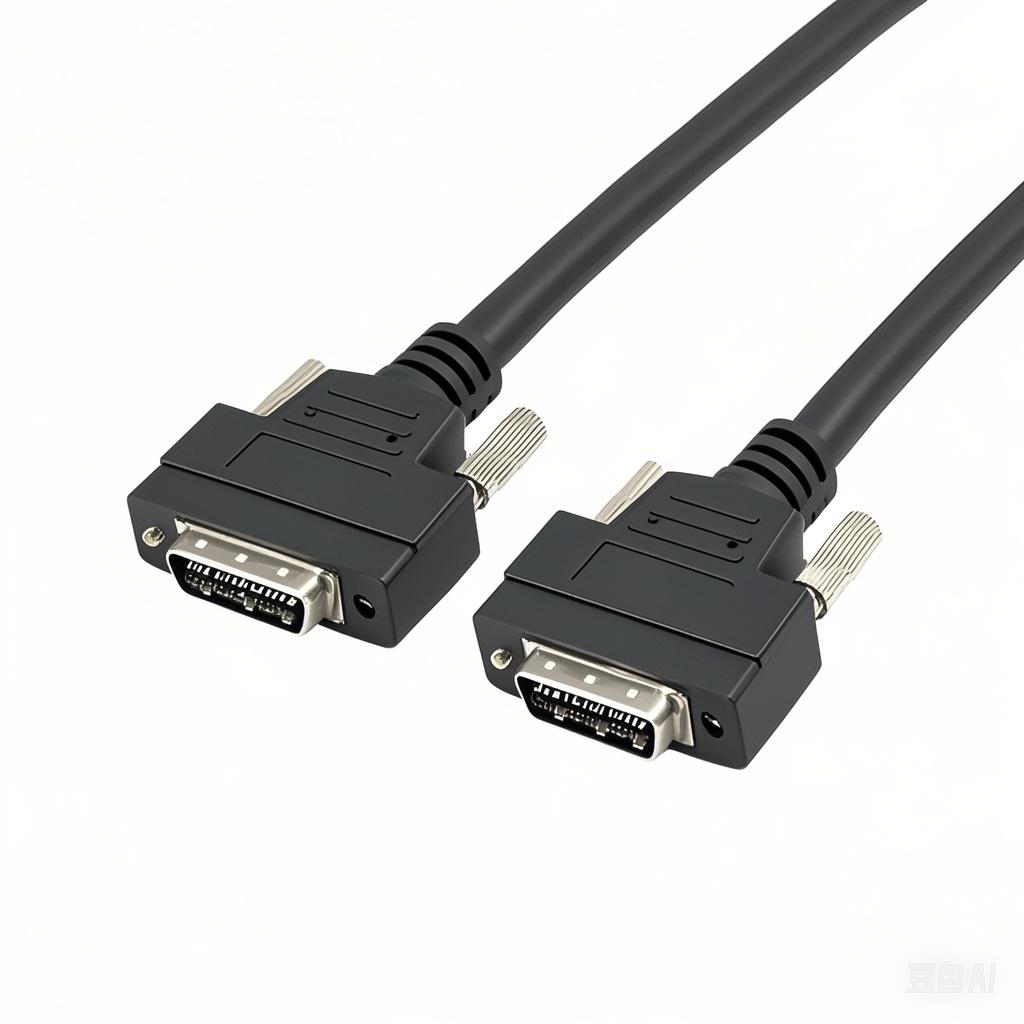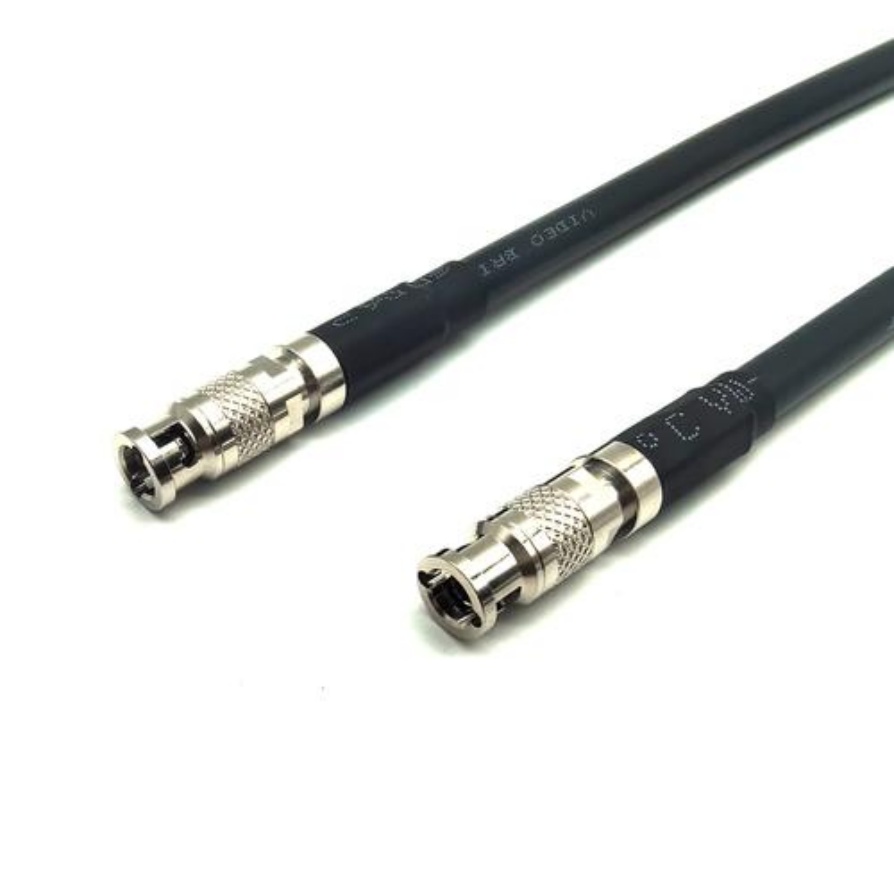How to Protect Machine Cable from Extreme Temperatures
Machine cables are the “nervous system” of industrial equipment, transmitting power and data to ensure smooth operation. However, extreme temperatures—whether scorching heat above 60°C (140°F) or freezing cold below -20°C (-4°F)—can severely damage their insulation, conductors, and structural integrity. This damage leads to costly downtime, equipment failures, and even safety hazards like short circuits or fires. To address this, below are practical, actionable strategies to shield machine cables from temperature extremes, tailored to industrial and manufacturing scenarios.
1. Select Temperature-Resistant Cable Materials
The first line of defense lies in choosing cables engineered for extreme environments. Generic PVC cables, which typically only withstand -15°C to 70°C, will fail quickly in harsh conditions. Instead, prioritize materials matched to your specific temperature range:
- High-Temperature Environments (e.g., foundries, heat treatment plants): Opt for cables with insulation made of silicone rubber (resistant to -60°C to 200°C) or PTFE (Teflon) (withstands -200°C to 260°C). These materials resist thermal aging, oil, and chemical corrosion—common in high-heat settings.
- Low-Temperature Environments (e.g., cold storage, outdoor winter operations): Choose cables with polyurethane (PU) or ethylene propylene diene monomer (EPDM) insulation. These materials remain flexible at temperatures as low as -40°C, preventing insulation cracking or conductor breakage from brittleness.
- Dual-Extreme Environments: For applications with frequent temperature fluctuations (e.g., outdoor equipment in desert or polar regions), select “wide-temperature” cables that combine both heat and cold resistance, such as PTFE-insulated cables with a stainless steel braid for extra protection.
2. Optimize Installation for Thermal Shielding
Even the most durable cables need proper installation to avoid direct exposure to extreme temperatures. Poor routing can force cables into hot zones (e.g., near furnaces) or cold pockets (e.g., uninsulated vents), negating their material advantages. Follow these steps:
- Route Away from Heat/Cold Sources: Keep cables at least 1 meter away from heat-generating components (motors, heaters) and cold air leaks (refrigeration units, open doors). Use cable trays to elevate them above cold floors or hot surfaces.
- Use Insulating Sleeves: For cables that must pass near extreme temperatures (e.g., within 50cm of a furnace), cover them with ceramic fiber sleeves (for high heat) or neoprene sleeves (for cold). These sleeves act as a barrier, reducing direct temperature transfer by 30–50%.
- Avoid Tight Bends in Cold Weather: In low temperatures, cable insulation becomes brittle. Tight bends (with a radius smaller than 5x the cable diameter) can crack the insulation, exposing conductors. Use wide-radius elbows or flexible conduit to maintain flexibility.
3. Implement Regular Maintenance and Monitoring
Extreme temperatures can cause gradual, invisible damage—e.g., insulation hardening in heat or conductor corrosion in cold, humid conditions. Without proactive checks, this damage can escalate into sudden failures. Establish a maintenance routine:
- Visual Inspections: Every 3–6 months, check cables for signs of thermal damage: discolored insulation (from heat), cracking (from cold), or bulging (from internal conductor overheating). Replace any cables showing these signs immediately.
- Clean Cables and Enclosures: Dust, oil, and debris can trap heat around cables, increasing their operating temperature. Use a dry cloth to wipe down cables and clean cable enclosures regularly—ensure enclosures have proper ventilation to prevent heat buildup.
- Monitor Temperature in Real Time: For critical equipment (e.g., production line cables), install temperature sensors along the cable route. Connect sensors to a central system to alert you if temperatures exceed safe limits (e.g., above 80°C for silicone-insulated cables). This allows you to address issues before they damage cables.
Trust FRS for Extreme-Temperature Cable Solutions
Protecting machine cables from extreme temperatures requires the right combination of materials, installation, and maintenance—but it all starts with high-quality cables designed for the job. At FRS, we specialize in manufacturing industrial machine cables engineered to withstand the harshest temperature conditions: from -60°C to 260°C. Our product line includes silicone rubber, PTFE, and PU-insulated cables, all rigorously tested to ensure durability in high-heat foundries, freezing cold storage, and everything in between.
Beyond cables, FRS provides end-to-end support: our team of engineers can help you design custom cable routing plans, select matching insulating sleeves, and even train your maintenance staff on temperature-related inspection protocols. With FRS, you’re not just buying cables—you’re investing in long-term equipment reliability and reduced downtime. For machine cables that stand up to extreme temperatures, choose FRS.


